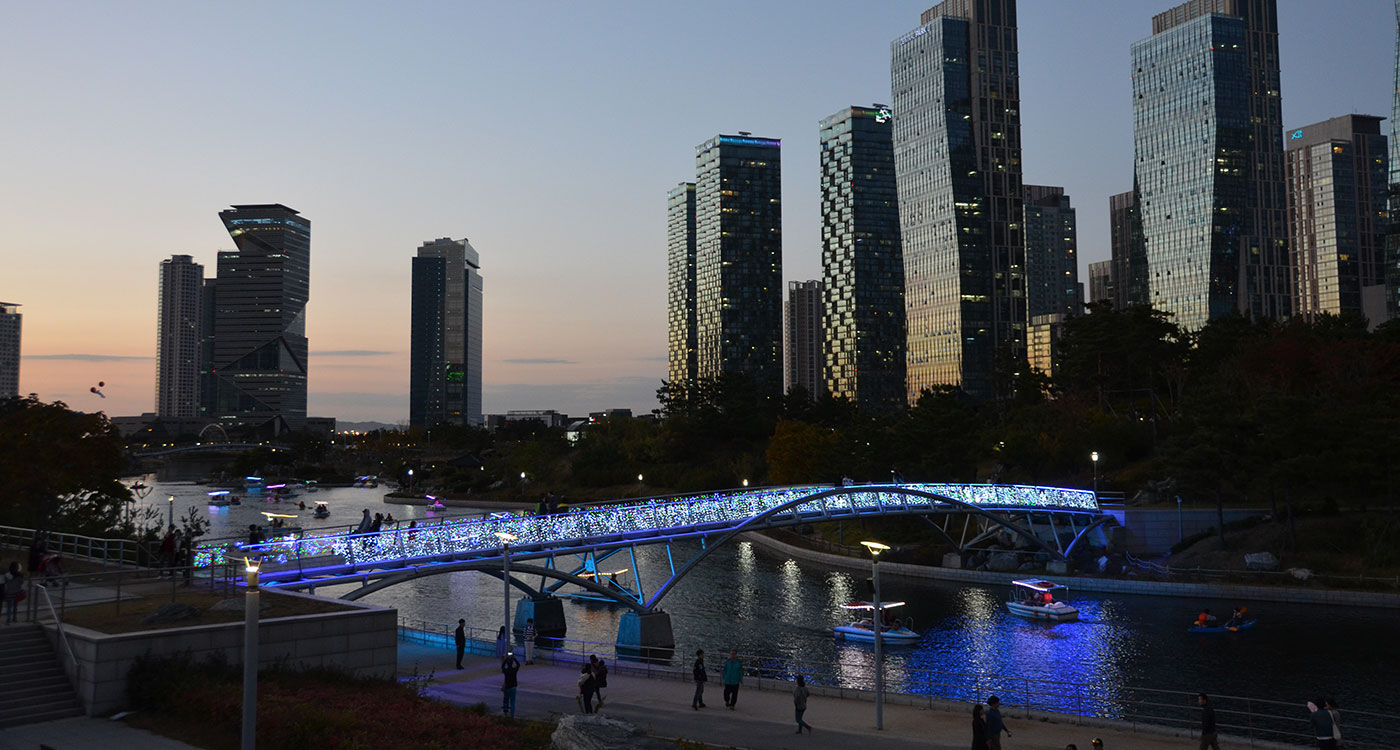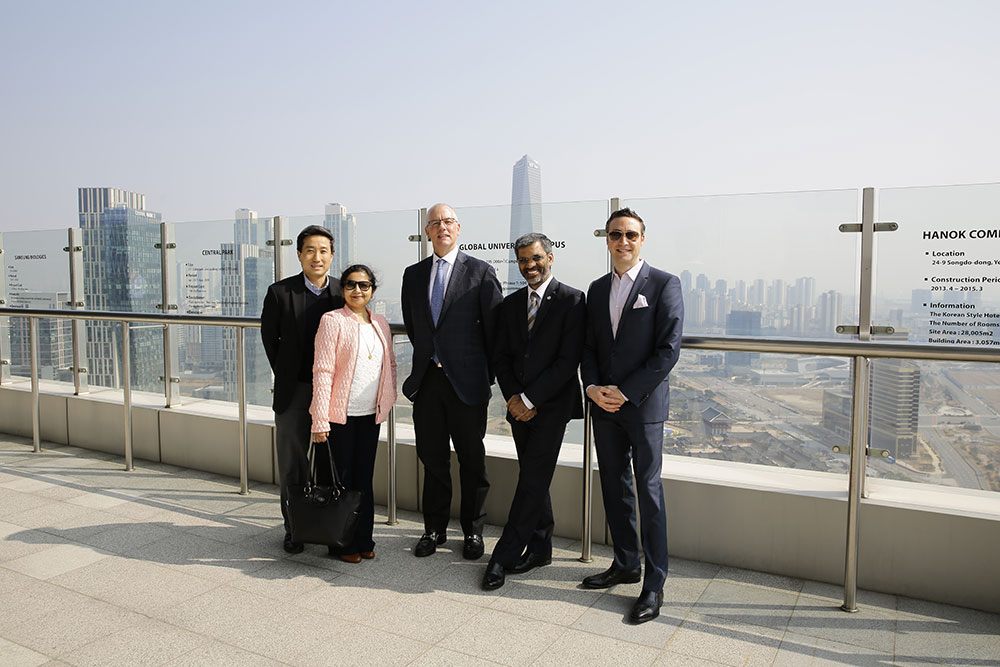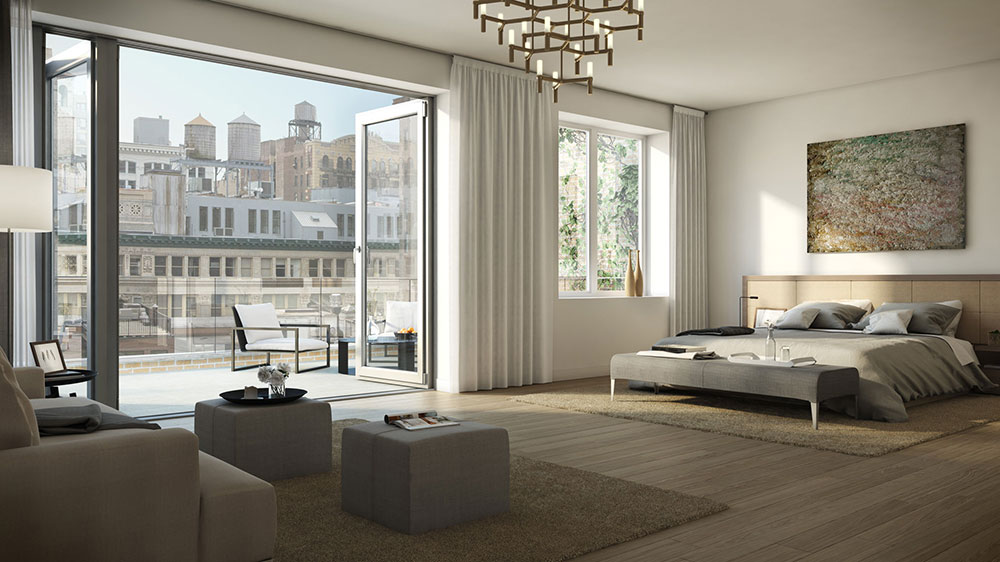
Wellness: A Foundational Attribute of New City Planning
June 13, 2019 — Blog
Although there have been numerous efforts in the past few decades to plan, build, and operate new cities at scale, success has proven exceptionally challenging. At a minimum, such an undertaking requires an elusive mix of political will, massive funding, deep subject-matter expertise, and a strategic location.
For a number of years, I was part of the team that developed Songdo, South Korea, arguably the best example of a greenfield city. This is due to a number of factors including proximity to one of the world’s busiest airports, visionary leadership, available capital, holistic and forward-thinking planning, and the tenacity of its stakeholders. Songdo’s success also is due to a strategic decision in the planning stages to create and approve a district-wide development plan and to commit to a green building standard, specifically the U.S. Green Buildings Council’s Leadership in Energy & Environmental Design (LEED). This resulted in a city that was constructed and activated according to the original plan and that has the highest concentration of certified green building space in the world.
As I continue to advise and engage in greenfield city planning, I often notice master planners and developers typically focus on and prioritize traditional planning attributes: financing, governance, land use, architecture, infrastructure, and transportation. I’m surprised how often sustainability at scale is still an afterthought, and seldom part of the inherent DNA of a place. And while “wellness” is becoming a word discussed with greater frequency, it rarely enters the conversation or the written requirements of a new city plan (for the purposes of this article, “wellness” refers to both physical and emotional health).

Why is this? Research shows the benefits of healthy buildings and places, from increased cognitive function scores versus conventional buildings[1], to avoiding thousands of lost days of work and school[2], or improving happiness[3]. So, is wellness still too unfamiliar, have consulting firms not yet embraced it, are we not thinking of it as a foundation of “quality of life,” or is it a cost concern?
Regardless of why, it’s time for this to change. I have three steps developers and planners can take to integrate wellness into their new cities (or urban transformation projects):
- Define wellness as it relates to a specific location. In certain parts of the world, wellness may be measured by people’s happiness, number of trips to a doctor, or office productivity. However, in many places, especially those that will see the greatest growth in urban population, wellness may first need to be measured by factors such as access and availability to clean water, electricity, or basic education (this difference may also require adapting global certification programs to apply to all levels of urban development). Once wellness is clearly defined according to the unique aspects of a place, it can be integrated into the DNA of the project.
- Make wellness part of a new city’s defined goal and DNA. Great cities are often credited with key elements of success — an amazing subway system, world-class universities, or iconic architecture. These things all take time and foresight. In the case of a greenfield city, wellness should be part of the conceptual DNA, alongside other modern aspirations such as “smart” and “sustainable.” By doing so, wellness becomes holistically integrated throughout the planning process. From design to mobility to infrastructure, if the tactical elements of a plan don’t deliver on the wellness goals, then the plan isn’t going to deliver on the city’s vision and DNA.
- Make a wellness commitment and track it. If Songdo hadn’t made its commitment to the fledgling LEED standard 15 years ago, it wouldn’t garner the attention and recognition it receives today. Now, developers and planners have a variety of wellness tools at their fingertips, for buildings and communities. Explore LEED for Cities, the ARC performance system, and the WELL Community Standard to determine which platform best suits a specific project. And, if possible, consider integrating wellness into a new city’s regulatory framework.

The world faces many challenges, and urbanization is one of the most critical. If we are to find a place to house, employ, and educate more than 2 billion new city dwellers by 2050, we are going to need hundreds of new cities. By embracing wellness as a core planning attribute, we can design and construct new environments that are healthy, attractive, and competitive. If we do so, our future urbanites, and the planet, will be greatly benefit from our efforts.
1. “Associations of Cognitive Function Scores with Carbon Dioxide, Ventilation, and Volatile Organic Compound Exposures in Office Workers: A Controlled Exposure Study of Green and Conventional Office Environments”, Joseph G. Allen, Piers MacNaughton, Usha Satish, Suresh Santanam, Jose Vallarino, John D. Spengler, Environmental Health Perspectives, 1 June 2016
2. “Energy Savings, Emission Reductions, and Health Co-Benefits of the Green Building Movement”, MacNaughton P., Cao X., Buonocore J., Cedeno-Laurent J., Bernstein A., Allen J., Journal of Exposure Science & Environmental Epidemiology 28, 307–318 (2018)